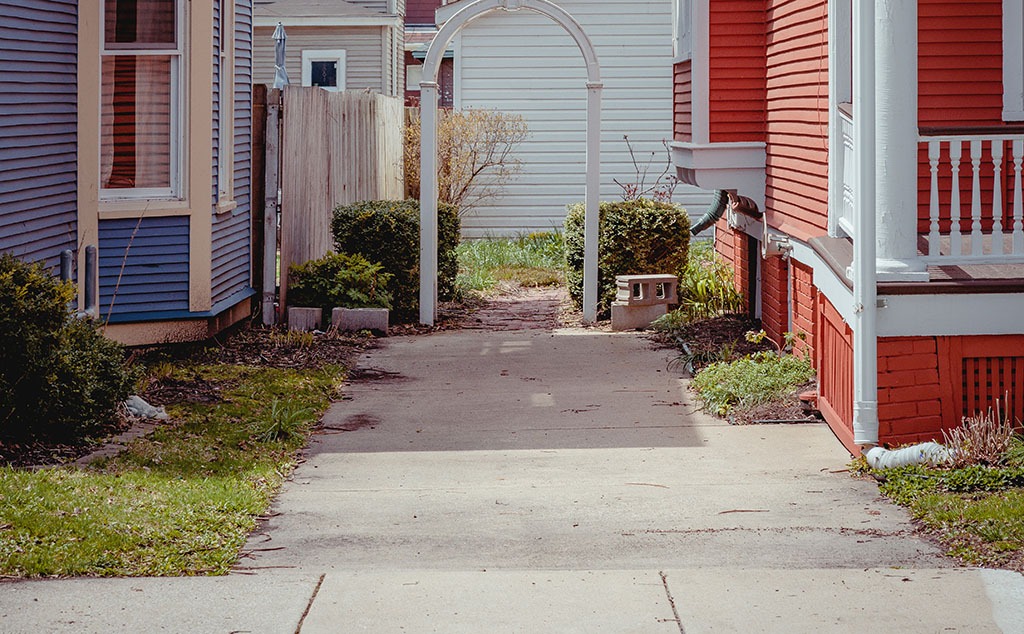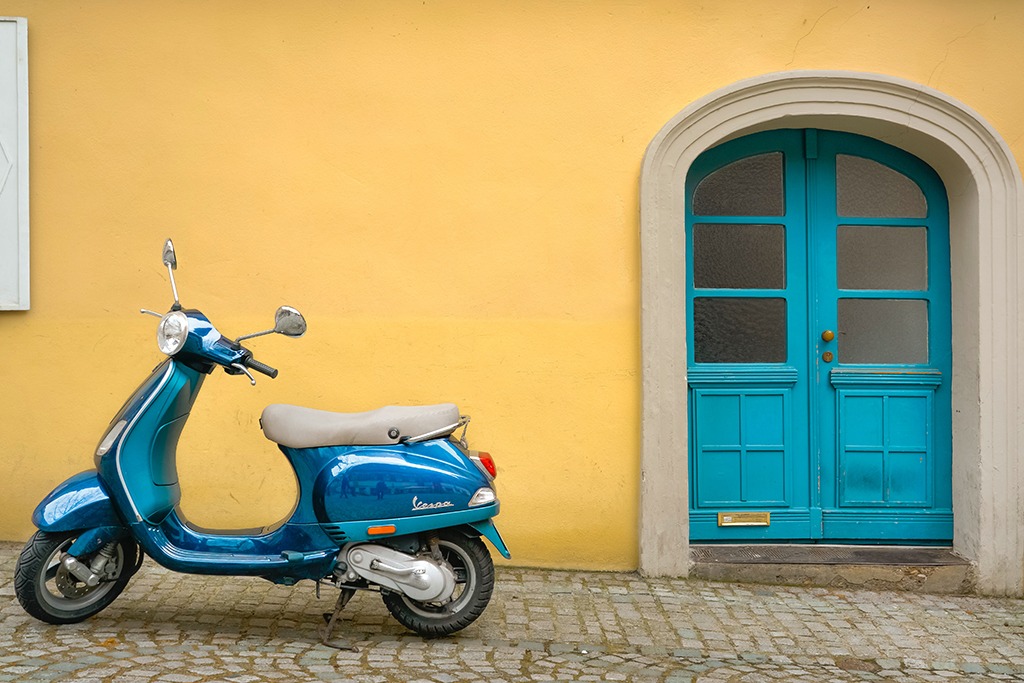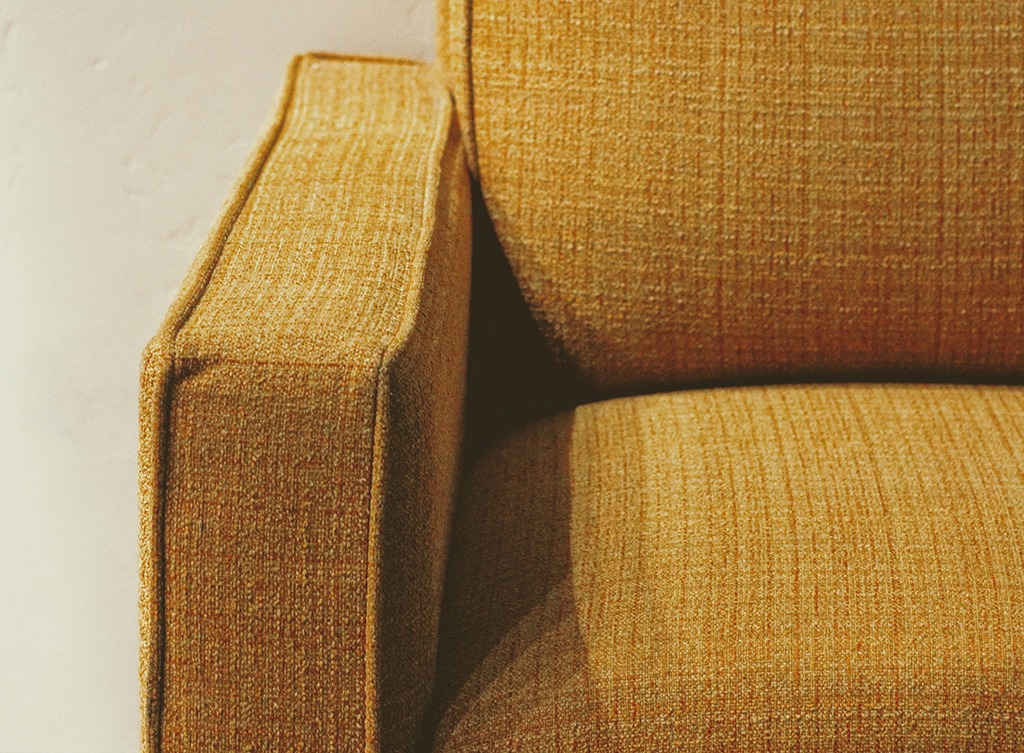Keeping seniors safe means more than helping them to stay active and live a healthy life. It also means helping them to realize their own limits and protect themselves whenever possible. Follow the tips below to prevent hazards and accidents in one of the most dangerous areas of any home: the bathroom.
Hazard 1
They use the towel rack for support when climbing in or out of the tub.
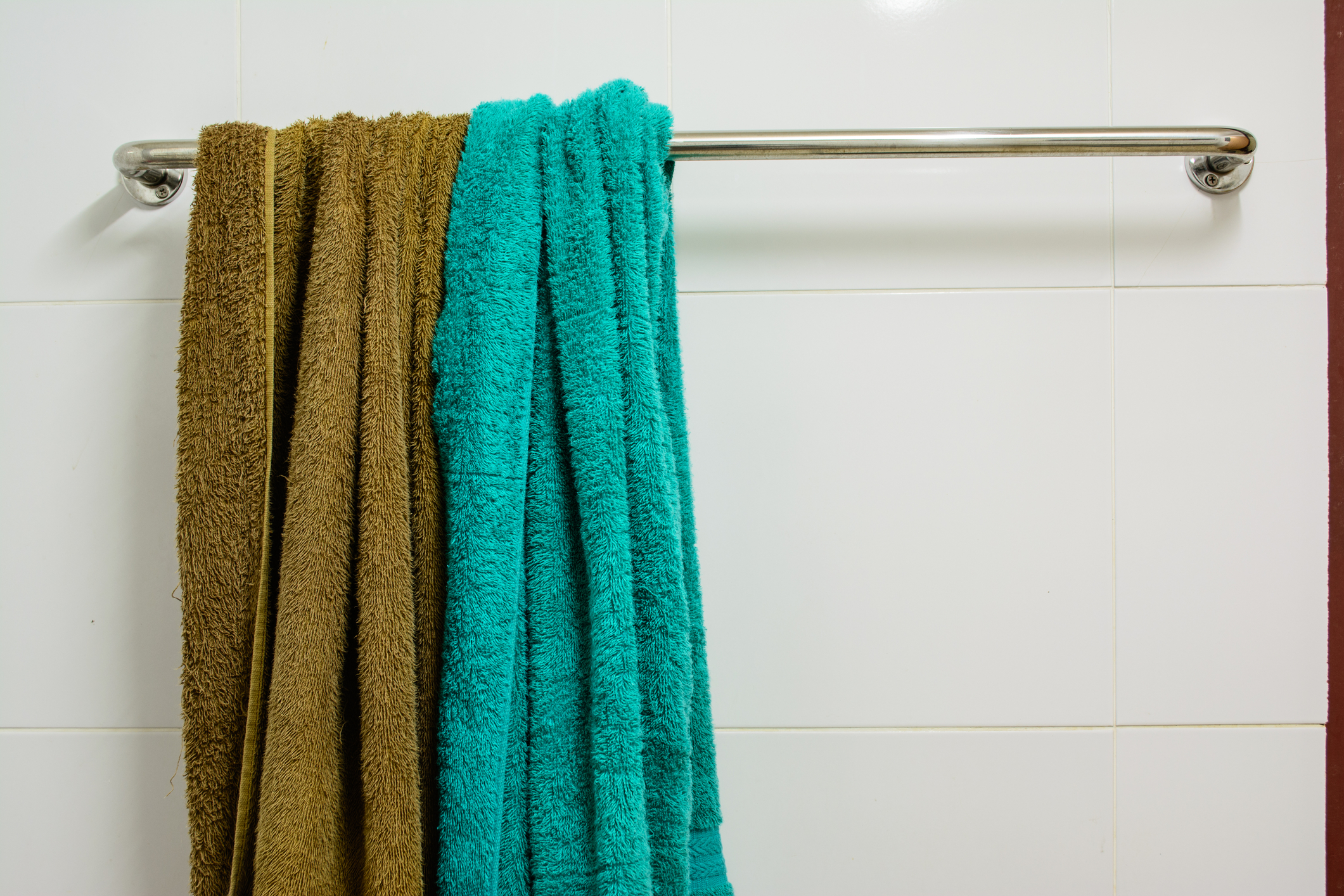
Photo by Thananurak on Adobe Stock
Why It’s Dangerous: Towel racks aren’t designed to support the weight of a person. They’re only meant to support the weight of towels.
The issue for anyone using a towel rack to assist them with standing or getting in and out of the bathtub, elderly or young, isn’t the everyday use where nothing goes wrong. Towel racks become hazards when you start to slip or lose your footing and grab the towel rack to stop yourself from falling. You apply all of your weight — or at least most of it — which puts too much stress on the towel rack’s wall anchors, and can cause it to rip right out of the wall.
The result? You still fall down, but now the towel rack has also fallen down, perhaps even bringing a good portion of the wall down with it.
Prevention: Give seniors the support they need. Add grab bars for assistance when sitting and standing. There are different kinds of grab bars available, and you may choose to use just one or to use them all in conjunction with one another to ensure the safety of everyone who visits your bathroom.
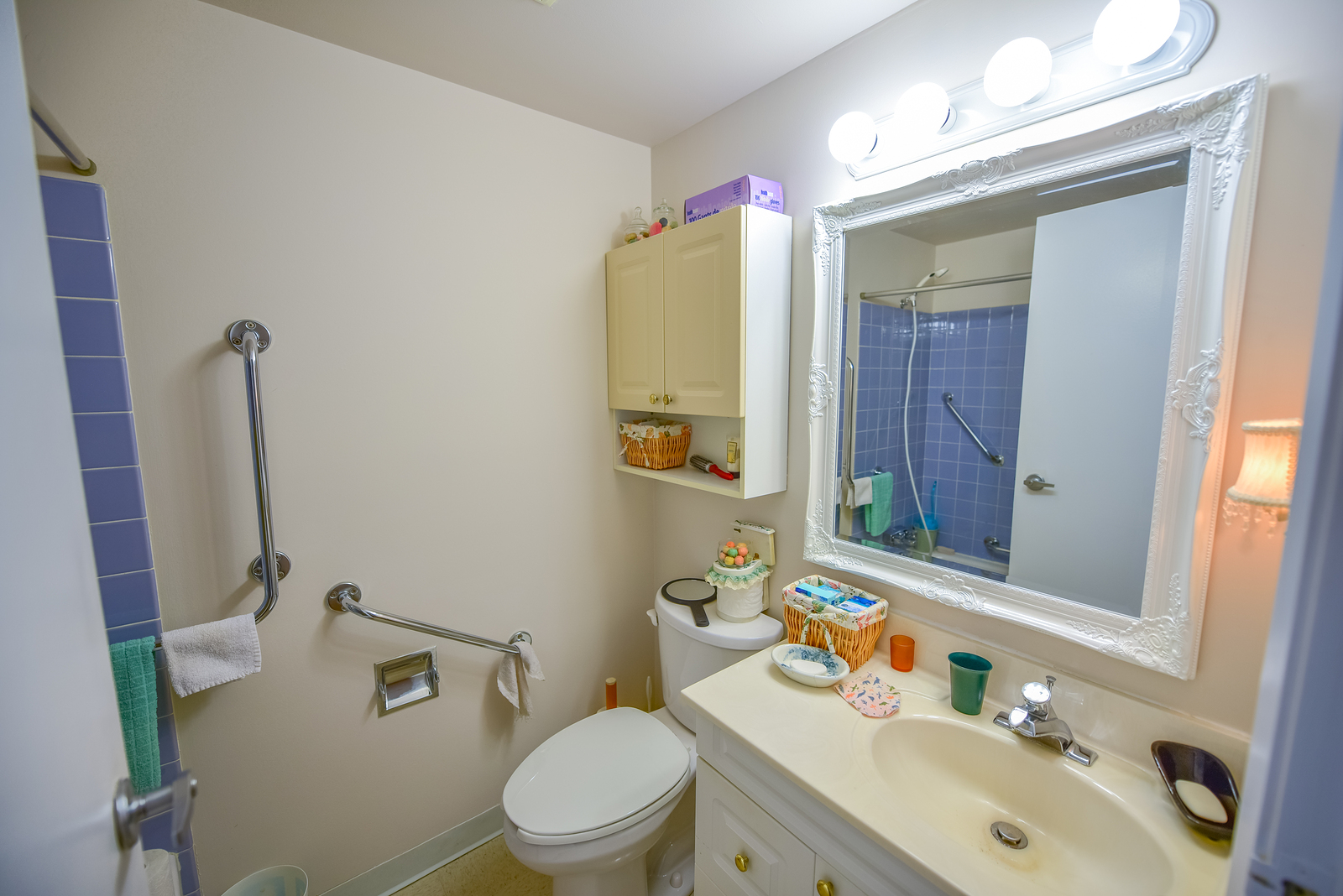
Photo by Kyle Bedell on Alamy
The three main types of grab bars:
Toilet safety frames have arms that come up around the toilet, giving seniors a helpful guide and support for sitting and rising. Safety frames install without requiring any tools and can be removed easily.
Floor to ceiling pole grab bars provide full-length support, even in awkward spaces, and have the added benefit of assisting in breaking a fall when it can’t be avoided. Pole grab bars can be easily installed without tools, and can be moved or removed without much of a hassle.
Wall-mounted grab bars provide secure support that towel racks don’t. These grab bars require correct positioning and installation to be effective and safe, and are permanent, so they can’t be moved after being installed.
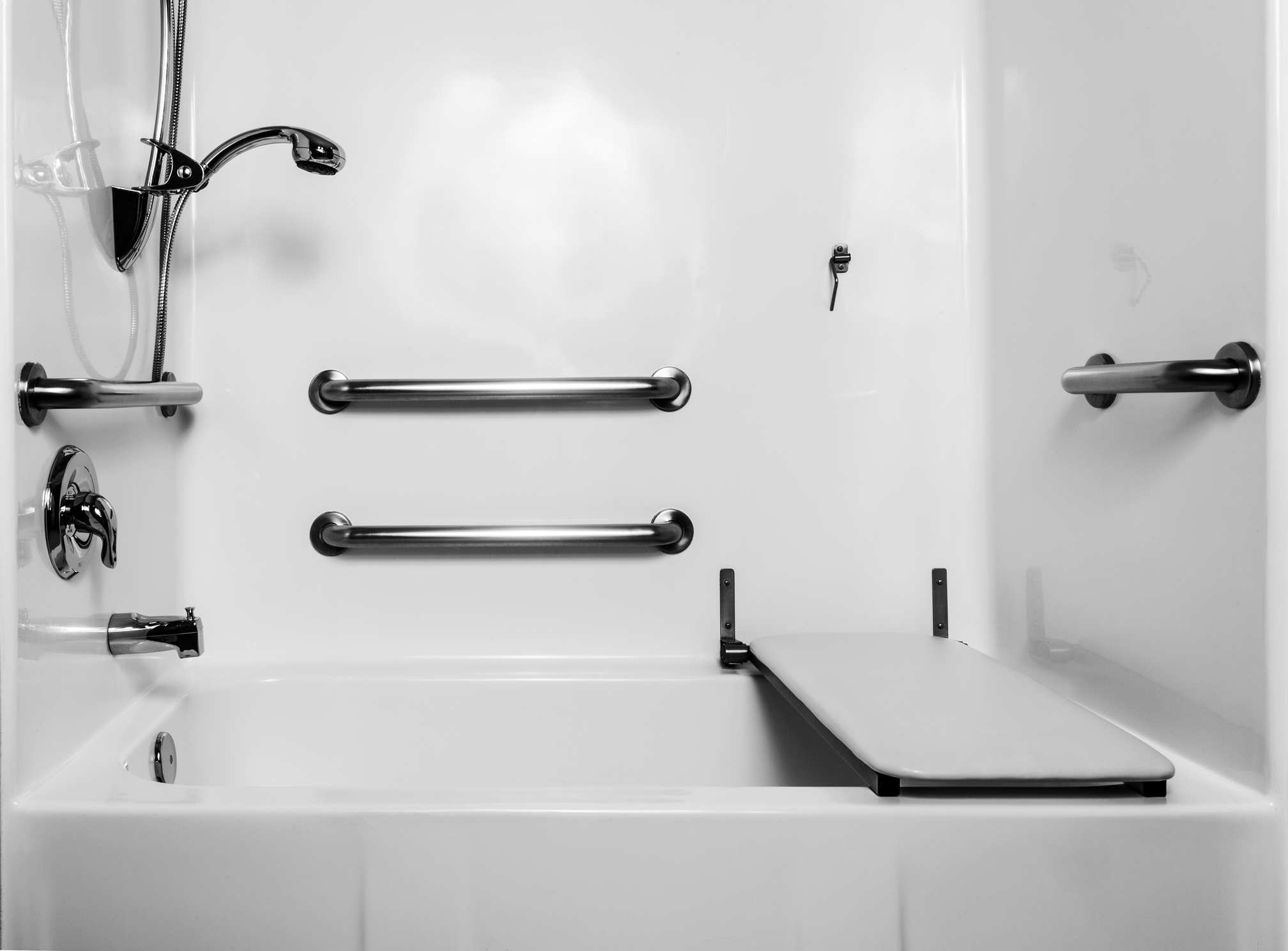
Photo by Ben Carlson on Shutterstock
Hazard 2
Seniors frequently use the bathroom at night.
Why It’s Dangerous: Here it’s not the act itself that’s hazardous, but instead the timing of it. Most houses are dimly lit at night, or even completely dark if everyone in the house is asleep. If a senior member of the home has a weak bladder or a medical condition that causes him or her to need to use the bathroom frequently, going to the bathroom at night becomes a regular thing. In the dark, obstacles or uneven flooring aren’t obvious, so a quick trip to the bathroom for your senior housemate can easily become a disastrous fall.
Prevention: Keeping the path to the bathroom lit is all it takes to keep bathroom trips safe during all hours of the day. There are tons of nightlights that plug directly into outlets in the wall, leaving the path not only lighted but also cord free. Some nightlights even offer the option to automatically turn on when the lights go dim, making it easy to keep everyone safe throughout the night.
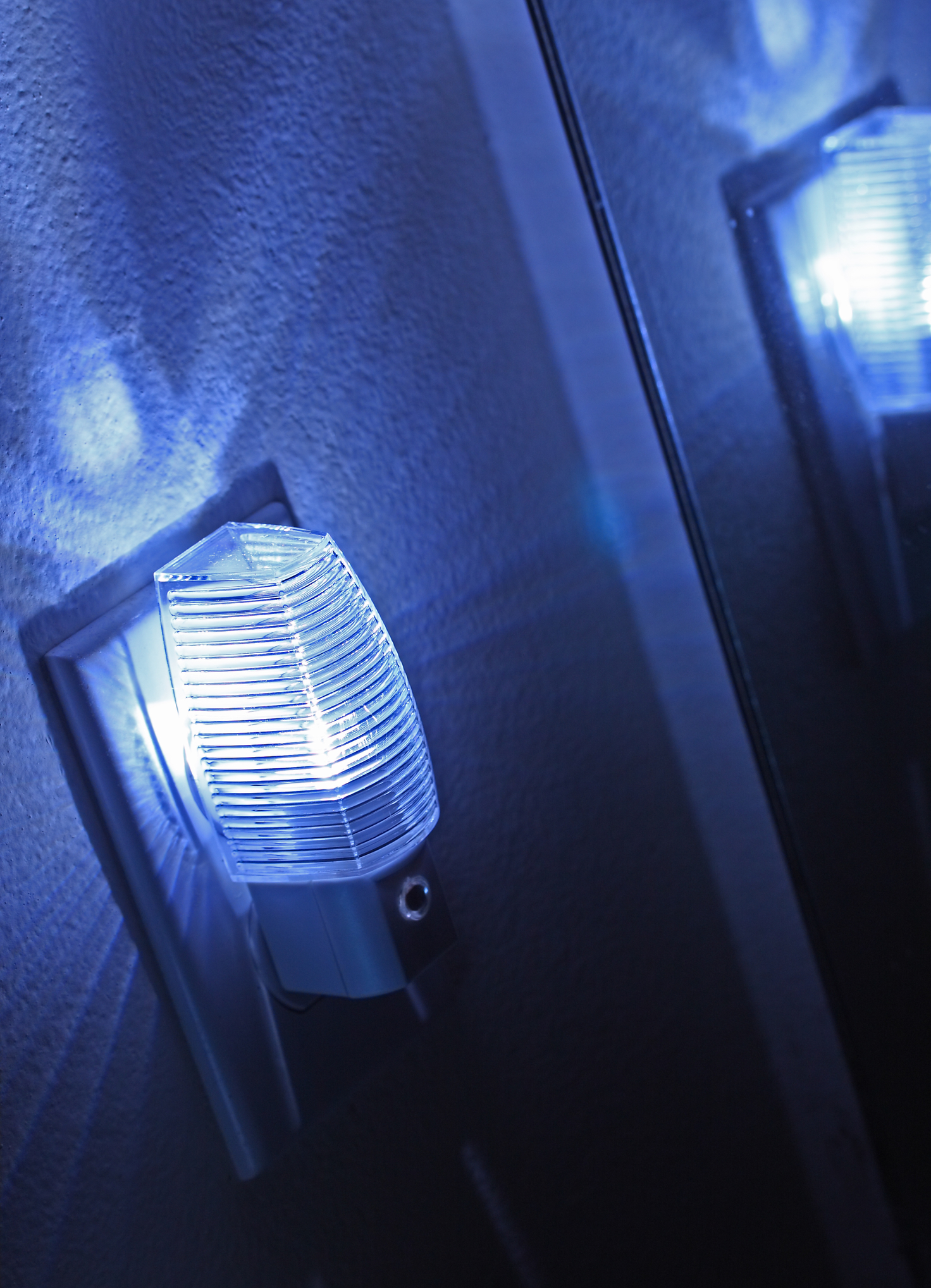
Photo by George W. Bailey on Shutterstock
Hazard 3
Bathroom doors that only lock from the inside.
Why It’s Dangerous: A locked door provides peace of mind when using the bathroom, but also prevents quick assistance in the case of a slip or fall. During such an emergency, the person inside the bathroom may be unable to unlock or even reach the door to allow other family members or rescue personnel to help. A door can be difficult to break down in even the best of circumstances, and can also be potentially even more dangerous for the person trapped inside the bathroom, not to mention expensive to repair or replace.
Prevention: Everyone deserves privacy, and that doesn’t change even as you age and require assistance. This is especially true if multiple people use the same bathroom on a regular basis. Don’t remove the locks altogether, but don’t assume that a fall could never happen in your bathroom. Instead, install locks on both sides of the door to allow a caregiver or family member the ability to get into the bathroom should something happen to incapacitate the person inside. Double-sided locks help keep everyone safe while also allowing older family members to keep their dignity and modesty intact.
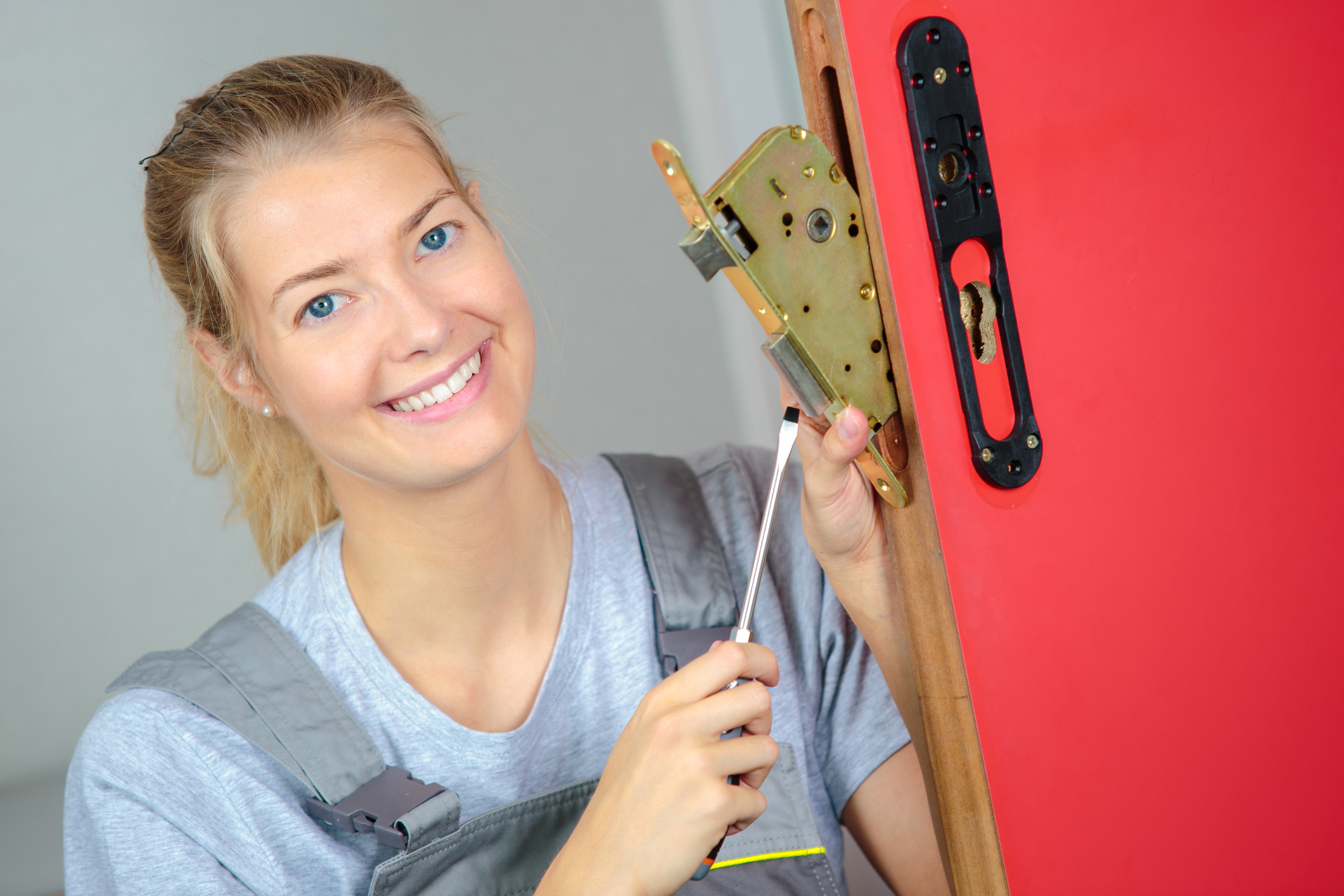
Photo by auremar on Adobe Stock
Hazard 4
Your hot water heater doesn’t have a set temperature limit.
Why It’s Dangerous: A hot shower is a pleasure, even with all the steam it creates. As we age, however, we begin to lose the finer aspects of our senses, including touch. In addition, medical conditions, medications, and even neurological damage can diminish an elderly person’s ability to feel heat. The danger is that skin still scalds and burns at high temperatures, whether we feel it or not. Seniors are more likely to have thinner skin, which is even more susceptible to hot water damage. The exposure doesn’t have to be that long to cause damage. Even a brief shower at too-high temperatures can cause second degree burns.
Prevention: This is a simple fix. Set the temperature limit on your hot water heater to 120˚ Fahrenheit or lower. This is more than hot enough for a steamy shower or a nice hot soak, but not hot enough to cause serious or lasting damage to your skin. In addition, clearly labeling the shower to show which direction is hot and which direction is cold can help everyone keep the temperature at a safely relaxing setting.
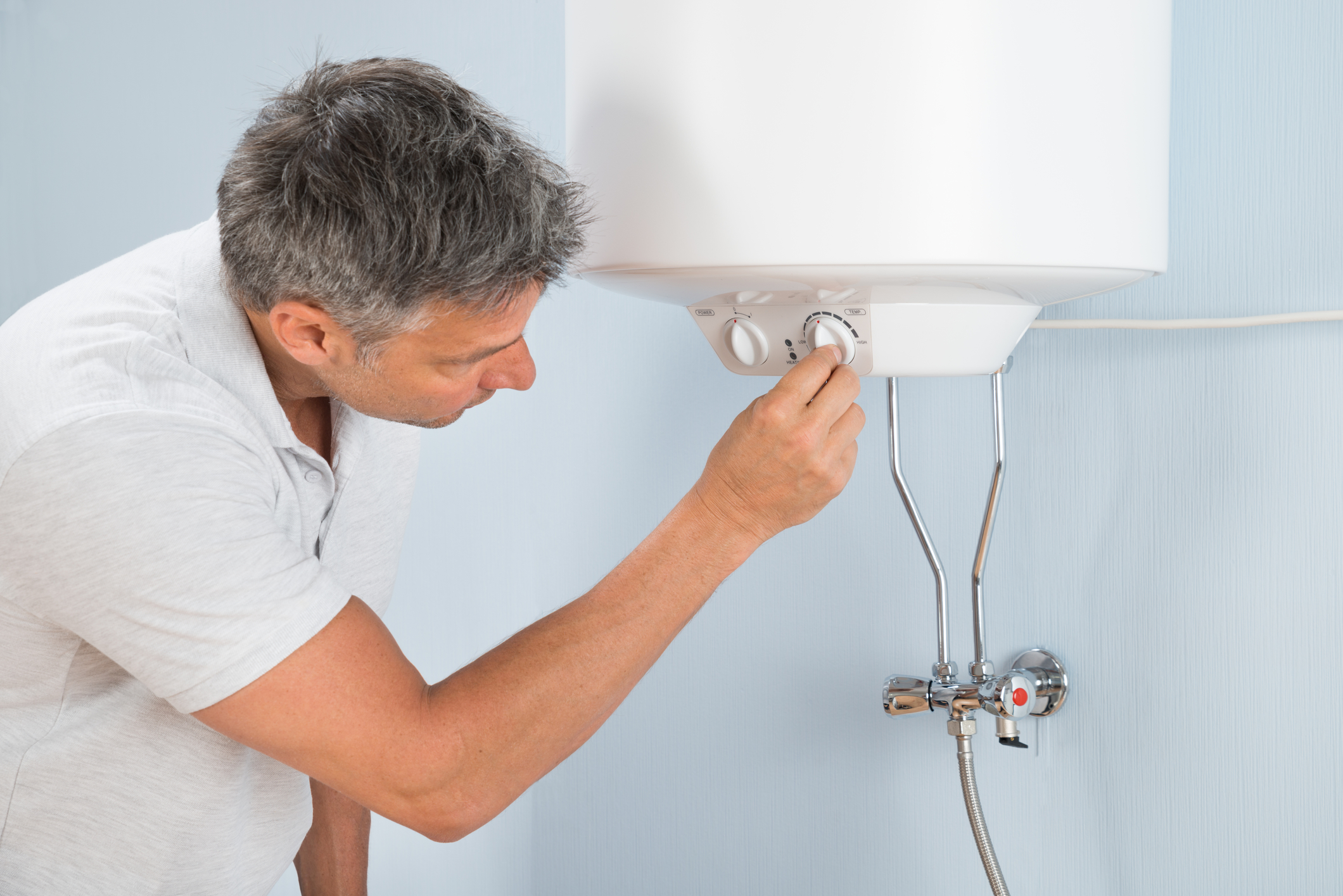
Photo by Andrey_Popov on Shutterstock
Hazard 5
Your bath mats and shower mats are standard issue.
Why It’s Dangerous: While some mats offer built-in slip protection,sometimes this isn’t enough. Suction-based models are especially heinous, as the force of a slip can be enough to dislodge the suction cups from the bathtub floor. Suction-based mats are also notorious for mildew and mold. One loose or faulty mat is all that’s standing between a nice relaxing wash and an ambulance ride.
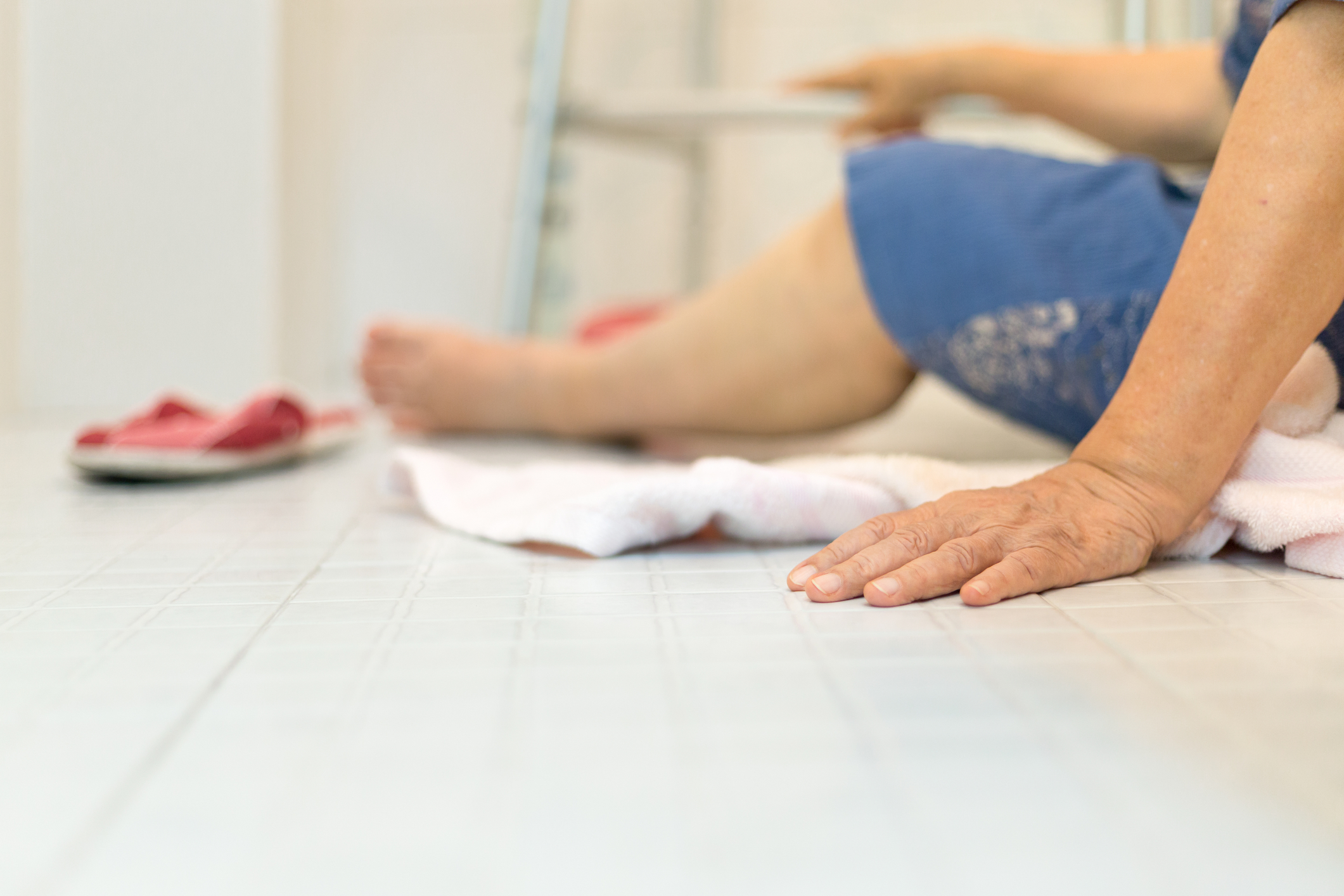
Photo by Toa55 on Shutterstock
Prevention: Use more than one type of slip protection, and use the best kinds available. There are non-slip spray treatments you can use on the inside of the bathtub or shower floor. These sprays are especially useful if you have built up soap residue. There are also permanent stick-on non-skid strips you can use in conjunction with the non-slip spray to offer the highest protection from skidding and slipping. Finally, you can apply a non-stick backing to bath mats made for use outside of the shower that will keep them in place even when wet.
Give yourself and your elderly family members the peace of mind that comes only from knowing you’ve taken every precaution you can to prevent accidents that can turn into tragedies.





















